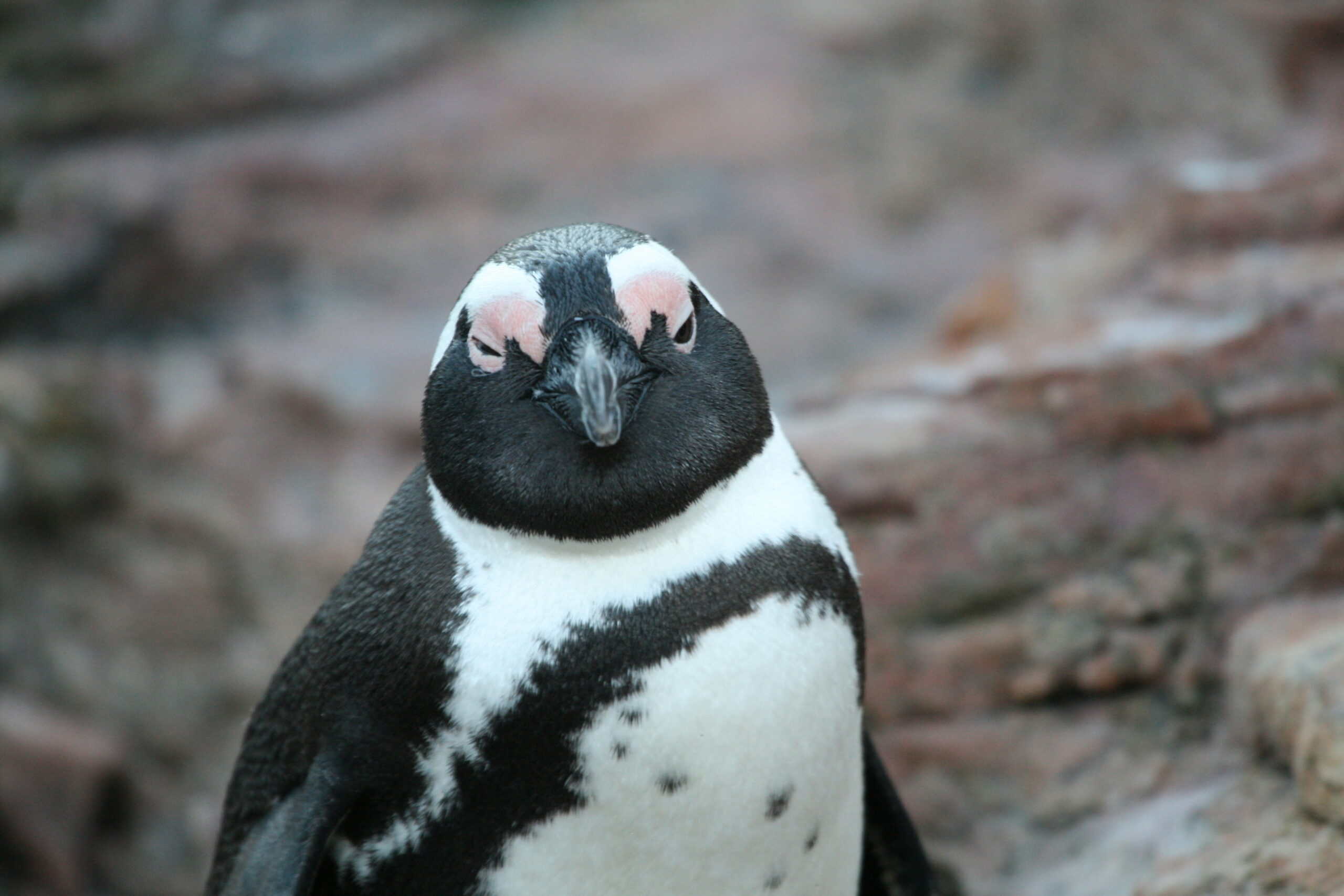Share this article
A diverse perspective on biodiversity reveals steeper losses
When scientists from around the globe shared their expertise on biodiversity in their corners of the world, they discovered that biodiversity loss may be worse than originally thought.
Past research has often been biased toward North America and Europe, said University of Minnesota associate professor Forest Isbell. One way to get a broader perspective on biodiversity, he thought, would be to survey experts in different areas around the world.
In a study published in Frontiers in Ecology and the Environment, Isbell and his colleagues collected surveys asking scientists about biodiversity in their areas of expertise, from microbes to wildlife, from marine organisms to terrestrial plants. They asked about past and current biodiversity loss and what was driving these losses.
Overall, the researchers found that more species may be threatened than previously thought. Since 1500, they estimated, 30% of species have either been threatened with or driven to extinction. They estimated that by 2100, this could increase to 37%, but with conservation efforts, it could be lowered to 25%.
“When you monitor the environment, some things are easy, like monitoring CO2 and temperature,” said Johannes Knops, health and environmental sciences department head at Xi’an Jiatong-Liverpool University. “Biodiversity is not easy to identify. It’s much more difficult to get long-term data on biodiversity of organisms.”
Knops submitted information about plants and herbivores in the U.S. He found that in his study area, mostly in California, plant diversity has declined. Too much nitrogen was allowing some plants to succeed while others were left in their shade.
The study also took note of how conservation strategies differ in different parts of the world. “Land sparing”—setting aside land for conservation—tended to be more popular in North America and Europe and was more likely to be advocated by men in the survey. “Land sharing”—making agriculture and urban areas more nature friendly—was more popular in China, South America and Africa and had more women supporters.
“What’s the best strategy? That depends on the organisms to some degree, and it depends on where you are,” Knops said.
He worries that putting too much emphasis on land sparing could hinder conservation worldwide.
“The point is not to have a strategy worldwide to have to adapt to,” Knops said. “But there shouldn’t be too much emphasis on one aspect—land sharing or sparing. We need to be more flexible and look at the pros and cons to evaluate it.”
Header Image: Golden lion tamarins (Leontopithecus rosalia), also known as golden marmosets, are an endangered species native to the Atlantic coastal forests of Brazil. Researchers estimate that since 1500, 30% of species around the world have either been driven to or threatened with extinction. Credit: Eric Kilby








